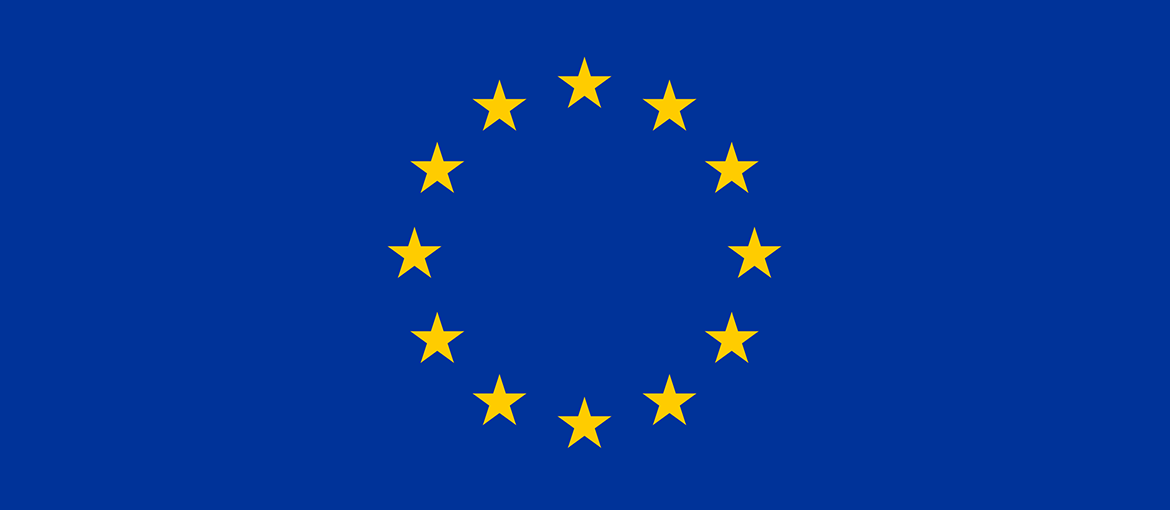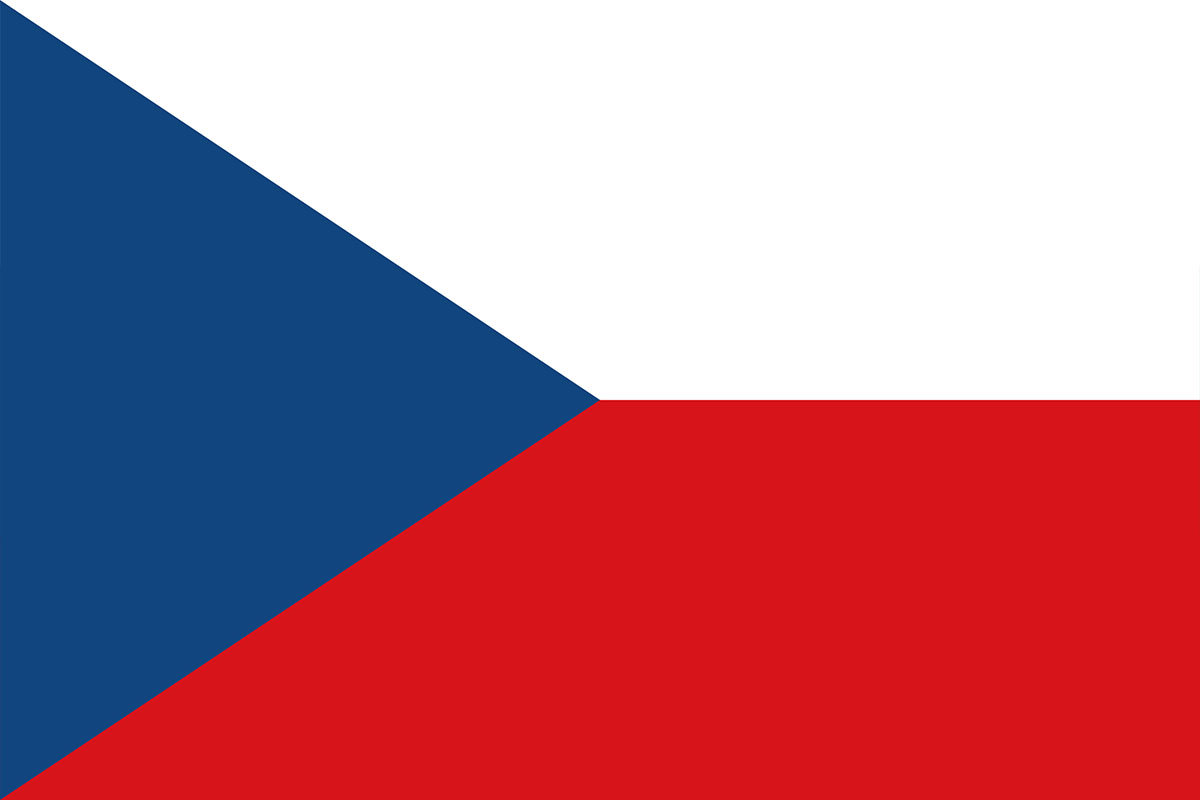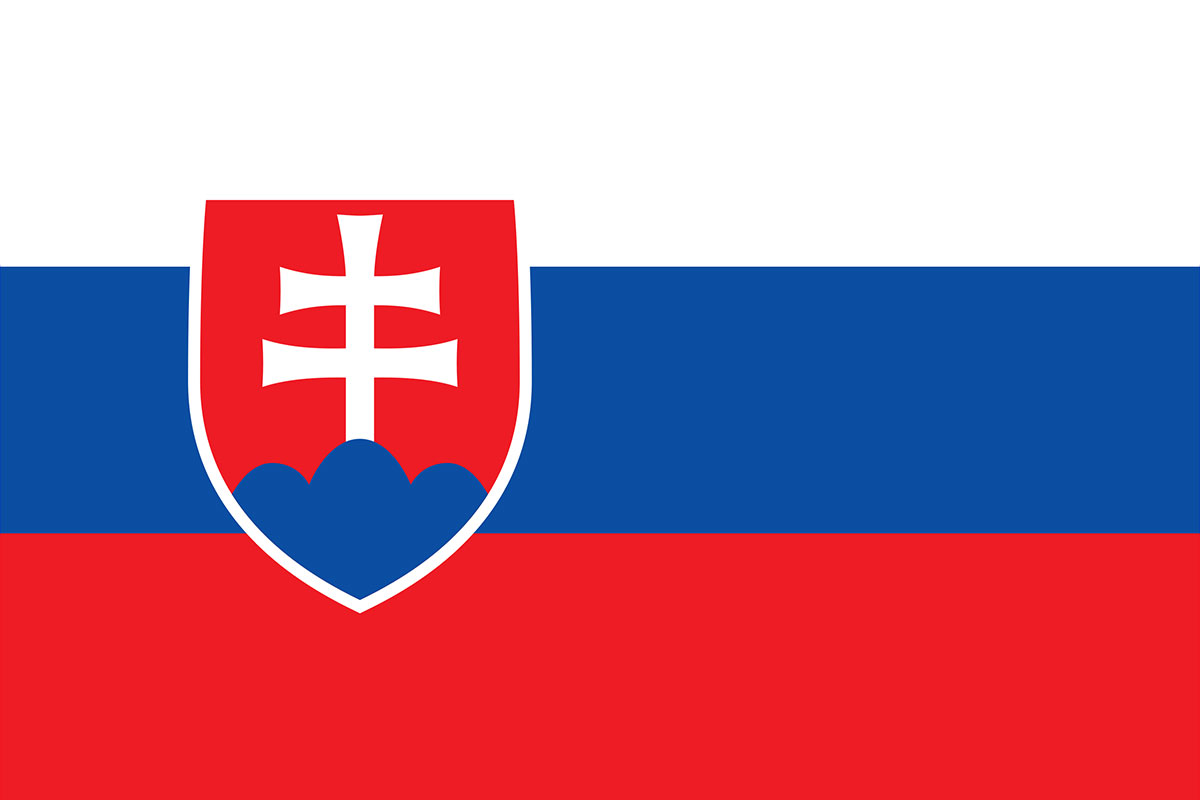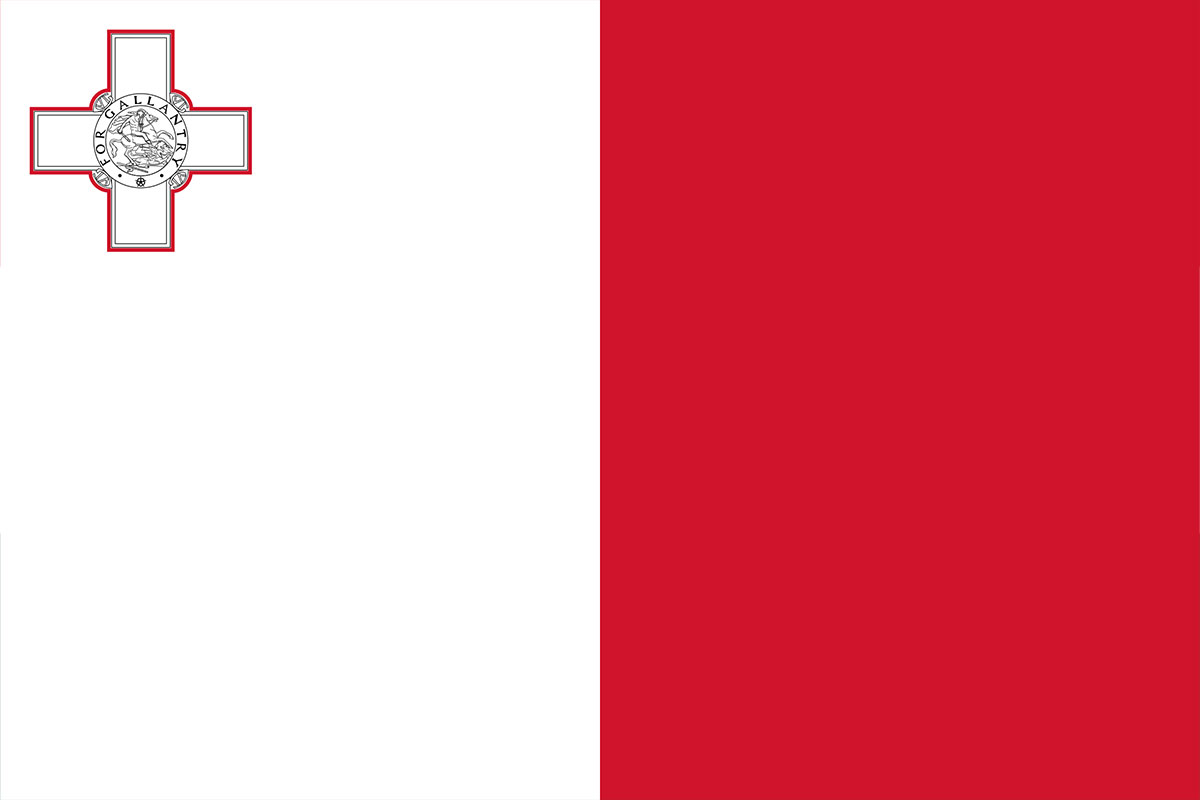Domestic workers in the world (2021)
Total
Share of informal work
DOMINA and Leone Moressa Foundation elaboration on ILO data
Workers’ categories of caregiving sectors
RESIDENTIAL ASSISTANCE (Code Q87) |
Provision of residential health care services associated with nursing, supervision or other services, according to the needs of residents.
|
NON-RESIDENTIAL SOCIAL ASSISTANCE (Code Q88) | Social counselling, social assistance and similar services for the elderly and the disabled, whether at home or elsewhere, provided by public or private organisations operating at the national level or in local self-help groups, as well as by specialists providing advisory services. Childcare services; day care for disabled children. |
DOMESTIC WORK (Code T97) |
Domestic staff (domestic workers, cooks, waiters, cloak room attendants, butlers, laundresses, gardeners, concierges, grooms, drivers, caretakers, housekeepers, nannies, caregivers, tutors, and secretaries both hired by families and cohabitations, including co-tenants).
|

Over-65 population in EU-27

Pop 65+
23.5%
14.6%
- 19% - Over-65 Pop. / Total
Malta, Poland, Slovakia, Cyprus, Ireland, Luxembourg
- 19-21% - Over-65 Pop. / Total
Latvia, France, Slovenia, Estonia, Hungary, Czech Rep., Denmark, Sweden, Lithuania, Netherlands, Spain, Romania, Belgium, Austria
- 21% - Over-65 Pop. / Total
Italy, Finland, Greece, Portugal, Germany, Bulgaria, Croatia
DOMINA and Leone Moressa Foundation elaboration on Eurostat data
Resident population in the EU27 and foreign residents
Country | 2021 Population | EU27 Foreigners | EU27 Extra | Tot. Foreigners |
EU27 | 447,336,900 | 3.1% | 5.3% | 8.4% |
Germany | 83,155,031 | 5.4% | 7.4% | 12.7% |
France | 67,656,682 | 2.2% | 5.5% | 7.7% |
Italy | 59,236,213 | 2.4% | 6.4% | 8.7% |
Spain | 47,398,695 | 3.7% | 7.7% | 11.3% |
Poland | 37,958,138 | 0.1% | 0.9% | 0.9% |
Romania | 19,201,662 | 0.3% | 0.4% | 0.8% |
Netherlands | 17,475,415 | 3.4% | 3.2% | 6.7% |
Belgium | 11,566,041 | 8.2% | 4.5% | 12.7% |
Czech Rep. | 10,701,777 | 2.3% | 3.6% | 5.8% |
Greece | 10,678,632 | 1.6% | 7.1% | 8.6% |
Sweden | 10,379,295 | 2.9% | 5.6% | 8.5% |
Portugal | 10,298,252 | 2.0% | 4.4% | 6.4% |
Hungary | 9,730,772 | 0.8% | 1.2% | 2.0% |
Austria | 8,932,664 | 8.9% | 8.1% | 16.9% |
Bulgaria | 6,916,548 | 0.2% | 1.5% | 1.6% |
Denmark | 5,840,045 | 3.7% | 5.4% | 9.1% |
Finland | 5,533,793 | 1.8% | 3.2% | 5.0% |
Slovakia | 5,459,781 | 1.1% | 0.4% | 1.5% |
Ireland | 5,006,324 | 7.0% | 6.0% | 13.0% |
Croatia | 4,036,355 | 0.5% | 1.9% | 2.4% |
Lithuania | 2,795,680 | 0.3% | 2.5% | 2.8% |
Slovenia | 2,108,977 | 1.0% | 7.0% | 8.0% |
Latvia | 1,893,223 | 0.3% | 13.0% | 13.3% |
Estonia | 1,330,068 | 1.5% | 13.5% | 15.1% |
Cyprus | 896,007 | 10.8% | 7.7% | 18.5% |
Luxembourg | 634,730 | 38.5% | 8.6% | 47.1% |
Malta | 516,100 | 8.3% | 11.8% | 20.1% |
 EU27
EU27 Germany
Germany France
France Italy
Italy Spain
Spain Poland
Poland Romania
Romania  Netherlands
Netherlands  Belgium
Belgium  Czech Rep.
Czech Rep.  Greece
Greece  Sweden
Sweden Portugal
Portugal  Hungary
Hungary  Austria
Austria  Bulgaria
Bulgaria  Denmark
Denmark  Finland
Finland  Slovakia
Slovakia  Ireland
Ireland  Croatia
Croatia  Lithuania
Lithuania  Slovenia
Slovenia  Latvia
Latvia  Estonia
Estonia  Cyprus
Cyprus  Luxembourg
Luxembourg  Malta
Malta  EU27
EU272021 Population
447.336.900
EU27 Foreigners
3.1%
EU27 Extra
5.3%
Tot. Foreigners
8.4%
 Germany
Germany2021 Population
83,155,031
EU27 Foreigners
5.4%
EU27 Extra
7.4%
Tot. Foreigners
12.7%
 France
France2021 Population
67,656,682
EU27 Foreigners
2.2%
EU27 Extra
5.5%
Tot. Foreigners
7.7%
 Italy
Italy2021 Population
59,236,213
EU27 Foreigners
2.4%
EU27 Extra
6.4%
Tot. Foreigners
8.7%
 Spain
Spain2021 Population
47,398,695
EU27 Foreigners
3.7%
EU27 Extra
7.7%
Tot. Foreigners
11.3%
 Poland
Poland2021 Population
37,958,138
EU27 Foreigners
0.1%
EU27 Extra
0.9%
Tot. Foreigners
0.9%
 Romania
Romania 2021 Population
19,201,662
EU27 Foreigners
0.3%
EU27 Extra
0.4%
Tot. Foreigners
0.8%
 Netherlands
Netherlands 2021 Population
17,475,415
EU27 Foreigners
3.4%
EU27 Extra
3.2%
Tot. Foreigners
6.7%
 Belgium
Belgium 2021 Population
11,566,041
EU27 Foreigners
8.2%
EU27 Extra
4.5%
Tot. Foreigners
12.7%
 Czech Rep.
Czech Rep. 2021 Population
10,701,777
EU27 Foreigners
2.3%
EU27 Extra
3.6%
Tot. Foreigners
5.8%
 Greece
Greece 2021 Population
10,678,632
EU27 Foreigners
1.6%
EU27 Extra
7.1%
Tot. Foreigners
8.6%
 Sweden
Sweden2021 Population
10,379,295
EU27 Foreigners
2.9%
EU27 Extra
5.6%
Tot. Foreigners
8.5%
 Portugal
Portugal 2021 Population
10,298,252
EU27 Foreigners
2.0%
EU27 Extra
4.4%
Tot. Foreigners
6.4%
 Hungary
Hungary 2021 Population
9,730,772
EU27 Foreigners
0.8%
EU27 Extra
1.2%
Tot. Foreigners
2.0%
 Austria
Austria 2021 Population
8,932,664
EU27 Foreigners
8.9%
EU27 Extra
8.1%
Tot. Foreigners
16.9%
 Bulgaria
Bulgaria 2021 Population
6,916,548
EU27 Foreigners
0.2%
EU27 Extra
1.5%
Tot. Foreigners
1.6%
 Denmark
Denmark 2021 Population
5,840,045
EU27 Foreigners
3.7%
EU27 Extra
5.4%
Tot. Foreigners
9.1%
 Finland
Finland 2021 Population
5,533,793
EU27 Foreigners
1.8%
EU27 Extra
3.2%
Tot. Foreigners
5.0%
 Slovakia
Slovakia 2021 Population
5,459,781
EU27 Foreigners
1.1%
EU27 Extra
0.4%
Tot. Foreigners
1.5%
 Ireland
Ireland 2021 Population
5,006,324
EU27 Foreigners
7.0%
EU27 Extra
6.0%
Tot. Foreigners
13.0%
 Croatia
Croatia 2021 Population
4,036,355
EU27 Foreigners
0.5%
EU27 Extra
1.9%
Tot. Foreigners
2.4%
 Lithuania
Lithuania 2021 Population
2,795,680
EU27 Foreigners
0.3%
EU27 Extra
2.5%
Tot. Foreigners
2.8%
 Slovenia
Slovenia 2021 Population
2,108,977
EU27 Foreigners
1.0%
EU27 Extra
7.0%
Tot. Foreigners
8.0%
 Latvia
Latvia 2021 Population
1,893,223
EU27 Foreigners
0.3%
EU27 Extra
13.0%
Tot. Foreigners
13.3%
 Estonia
Estonia 2021 Population
1,330,068
EU27 Foreigners
1.5%
EU27 Extra
13.5%
Tot. Foreigners
15.1%
 Cyprus
Cyprus 2021 Population
896,007
EU27 Foreigners
10.8%
EU27 Extra
7.7%
Tot. Foreigners
78.5%
 Luxembourg
Luxembourg 2021 Population
634,730
EU27 Foreigners
38.5%
EU27 Extra
8.6%
Tot. Foreigners
47.1%
 Malta
Malta 2021 Population
516,100
EU27 Foreigners
8.3%
EU27 Extra
11.8%
Tot. Foreigners
20.1%
DOMINA and Leone Moressa Foundation elaboration on Eurostat data
2020-2070 demographic projections: Change in population
DOMINA and Leone Moressa Foundation elaboration on Eurostat data
EU countries by social spending classes, euros per capita (2019)
Euro | Country |
>13,000 | Luxembourg, Denmark |
10,000-13,000 | Finland, Austria, Netherlands, Sweden, Germany |
8,000-10,000 | Belgium, France, Ireland, Italy |
8,408 | EU-27 average |
4,000 – 8,000 | Spain, Slovenia, Portugal, Cyprus, Greece, Malta |
3,000 – 4,000 | Czech Rep., Estonia, Slovakia |
2,000 – 3,000 | Poland, Croatia, Lithuania, Latvia, Hungary, |
<2,000 | Romania, Bulgaria |
EU countries by social spending classes, % GDP (2019)
% GDP | Country |
>29% | France, Denmark |
27-29% | Finland, Germany, Austria, Italy, Belgium, Sweden, Netherlands |
26.9% | EU-27 average |
23-26% | Greece, Spain, Portugal |
20-23% | Slovenia, Croatia, Luxembourg, Poland |
17-20% | Czech Rep., Cyprus, Slovakia |
<17% | Hungary, Bulgaria, Estonia, Lithuania, Latvia, Malta, Romania, Ireland |
DOMINA and Leone Moressa Foundation elaboration on Eurostat data
Social public spending in EU-27, % GDP (time series 2010-2019)
DOMINA and Leone Moressa Foundation elaboration on Eurostat data
Public social spending composition in EU-27, % GDP (2019)
DOMINA and Leone Moressa Foundation elaboration on Eurostat data
“PENSIONS” component of social spending, % GDP (2019)
“HEALTH” component of social spending, % GDP (2019)
“FAMILY” component of social spending, % GDP (2019)
“DISABILITY” component of social spending, % GDP (2019)
DOMINA and Leone Moressa Foundation elaboration on Eurostat data
Workers in care sectors in EU27 (2020)
Sectors | No. employed | % Incidence on tot. employed |
Domestic workers | 1,898,000 | 1.0% |
Residential assistance workers | 4,029,300 | 2.0% |
Non-residential assistance workers | 4,934,100 | 2.5% |
Tot. Care employed | 10,861,400 | 5.5% |
Tot. Employed | 197,282,100 | 100.0% |
DOMINA and Leone Moressa Foundation elaboration on Eurostat data
Workers in the care sectors, EU average (2020) - Incidence on total employed
Total
EU-27
DOMINA and Leone Moressa Foundation elaboration on Eurostat data
Workers in the care sectors in EU27 (2011-2020) - In millions
Domestic Workers
Residential care workers
Residential care workers
DOMINA and Leone Moressa Foundation elaboration on Eurostat data
Workers in care sectors, by countries (2020) - Incidence on total employed
Denmark
Nordic
model
France
Continental
model
italy
Mediterranean
model
Ireland
Anglo-Saxon
model
DOMINA and Leone Moressa Foundation elaboration on Eurostat data
Domestic workers in EU-27, by gender (2020)
Women incidence in countries with at least 15 thousand domestic workers (2020)
| Domestic workers (thousands) | Distribution % | % F |
EU-27 | 1,898 | 100.0% | 88.8% |
Italy | 663 | 34.9% | 87.6% |
Spain | 538 | 28.3% | 87.5% |
France | 287 | 15.1% | 88.9% |
Germany | 158 | 8.3% | 93.6% |
Portugal | 109 | 5.8% | 99.3% |
Romania | 27 | 1.4% | 83.1% |
Greece | 22 | 1.1% | 93.1% |
Netherlands | 16 | 0.8% | 80.7% |
Poland | 16 | 0.8% | 82.6% |
Cyprus | 16 | 0.8% | 96.2% |
DOMINA and Leone Moressa Foundation elaboration on Eurostat data
Workers in EU-27, by age-class (2020)
DOMESTIC WORKERS
TOTAL SECTORS
DOMINA and Leone Moressa Foundation elaboration on Eurostat data
Domestic work Added value in EU-27 (2010-2020)
DOMINA and Leone Moressa Foundation elaboration on Eurostat data
Added value in the domestic sector (2020)
Top-10 countries by Added Value
Country | Added Value (Billion euro) | % GDP |
EU-27 | 39.4 | 0.33% |
Italy | 16.3 | 1.09% |
Spain | 9.0 | 0.88% |
Germany | 7.5 | 0.25% |
Portugal | 1.1 | 0.66% |
Netherland | 0.9 | 0.13% |
France | 0.8 | 0.04% |
Greece | 0.7 | 0.45% |
Denmark | 0.6 | 0.21% |
Poland | 0.5 | 0.11% |
Belgium | 0.5 | 0.11% |
Added Value in the domestic sector (2020)
Top-10 countries by % on GDP
Country | Added Value (Billion euro) | % GDP |
EU-27 | 39.4 | 0.33% |
Italy | 16.3 | 1.09% |
Cyprus | 0.2 | 1.01% |
Spain | 9.0 | 0.88% |
Portugal | 1.1 | 0.66% |
Greece | 0.7 | 0.45% |
Luxembourg | 0.2 | 0.26% |
Germany | 7.5 | 0.25% |
Denmark | 0.6 | 0.21% |
Finland | 0.4 | 0.17% |
Malta | 0.0 | 0.13% |


